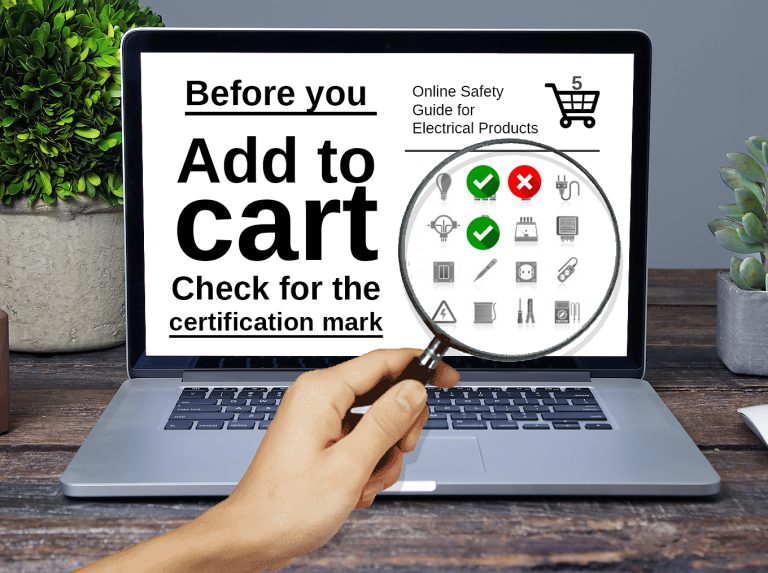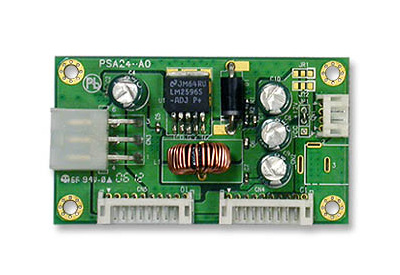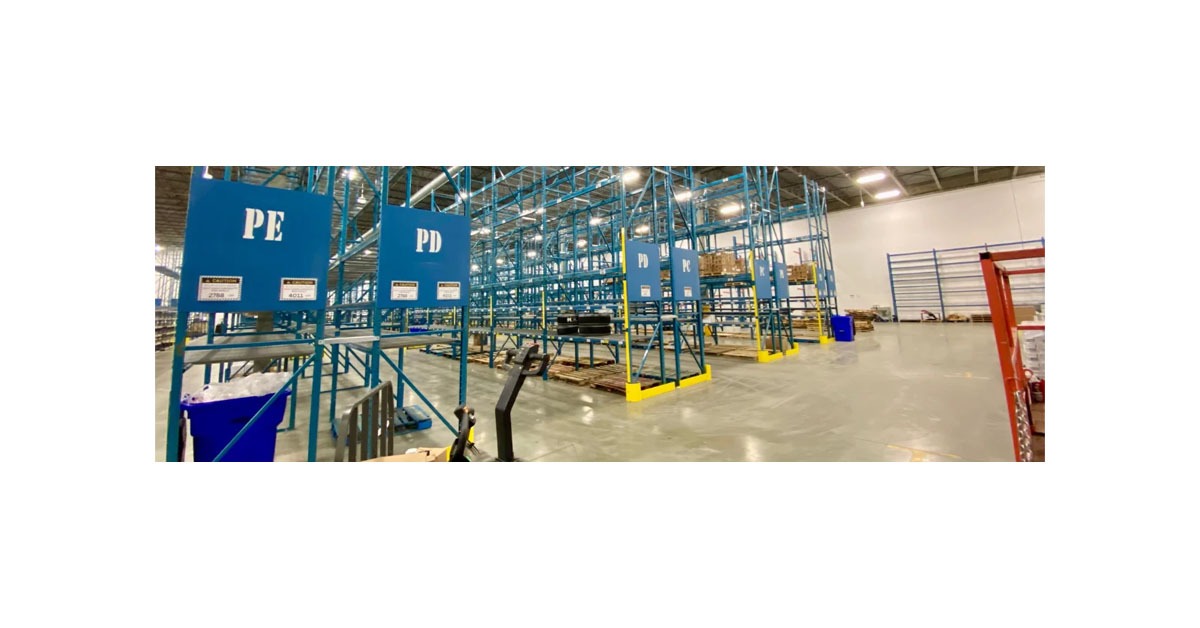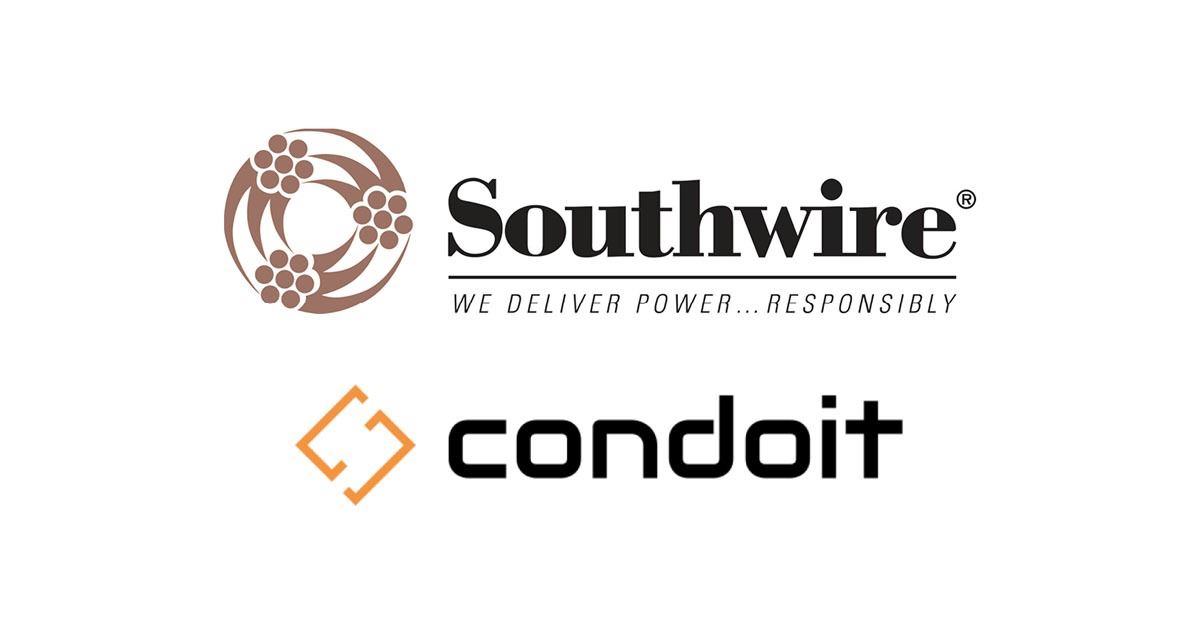Amazon Supply… A Distributor Growth Opportunity
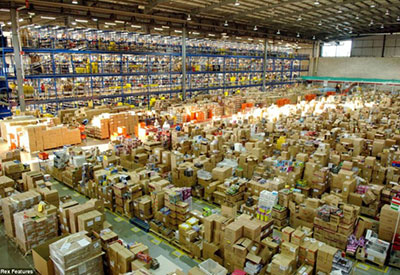
By David Gordon and Allan Ray
Amazon Supply. Mention it to distributors and it’s either a harbinger of the future or a threat: it represents an opportunity to sell to an entity that resells products to others, or it’s an entity that is dismissed. To manufacturers it represents an unknown that they feel they need to engage with out of concern that if they don’t, their competitors will.
But it also represents a growth opportunity for distributors.
Started a few years ago, Amazon Supply has gained visibility through public relations and word of mouth. While the company is recognized as an innovator with its consumer initiatives and hardware platforms (Kindle and Fire) its e-distributor efforts are nascent considering Amazon’s size.
Amazon Supply will eventually take a percentage of electrical industry sales. The question becomes, “How much and when?” It’s important to remember that
• not all customers are lemmings and will jump to Amazon Supply because “it exists”
• not all products are the same (i.e., a book, downloadable music and other consumer-oriented products are not necessarily always the same as selling a fuse or selecting a breaker)
• there can be more to distributing electrical products than material movement
We’ve conducted research regarding Amazon Supply’s foray into the “Industrial Electrical” market. While PR is great, checking under the hood reveals opportunities for distributors. In fact, we think Amazon Supply could represent a growth opportunity for progressive distributors who plan to be in business over the next 5-10 years.
The key is determining 1) if you want to compete, 2) are you willing to be honest with yourself and 3) are you committed to the business and hence willing to make investments?
Let’s talk Amazon Supply
Much has been written about Amazon Supply, so we’ll highlight selected areas:
• Amazon Supply is focused on providing 2.25M SKUs for 17 product categories.
• In the electrical space, they offer 109,118 SKUs in 11 product categories (you offer more!).
• Electrically, their stated end-user audience is industrial purchasers (but anyone can go online and buy at the same price).
• Amazon Prime customers benefit greatly as they typically do not pay shipping costs. If a purchaser (not necessarily the company), isn’t Prime, shipping costs can be expensive.
• According to a recent Forbes article on innovation, since 2010 Amazon increased its research and development budget 5X while sales increased 3X.
• The Kindle e-reader family and the Fire phone, if adopted by corporations, can become ordering platforms.
• Amazon benefits from being able to invest in its offerings, and platforms, without much concern profitability.
Amazon Supply’s strengths include:
• an online ordering process that millions of consumers are familiar with that can be leveraged by these same people in their work environment
• a perception that they are cost-effective, if not inexpensive
• for Prime customers, near 100% order fill-rate and 100% guaranteed delivery in 2 days or less
• extensive data analytics capabilities
Some challenges include:
• Amazon’s reliance on electrical distributors as its source for materials.
• when ordering electrical products, the purchaser needs to know what the item is and type it in, correctly. Today’s system isn’t intuitive
• product categorization and depth of selection could be improved
• searching and finding multiple items takes much more time than calling a distributor salesperson or sending an email. Nor does it appear that history is retained for repeat orders
• achieving mass adoption requires interacting with customer billing systems and procurement processes, which generates questions about ease of use for a corporation without customization, which Amazon could do
Accessing product
While there are manufacturers, typically tier 2 and 3 suppliers, that are selling direct to Amazon Supply, the more typical process is that an electrical distributor is furnishing the product to Amazon Supply.
Amazon Supply contacts a number of distributors within a 100 mile or so radius of its distribution centres and asks them to bid on a bill of material. They then selectively determine which SKUs to purchase from a distributor.
This may be how Amazon Supply can circumvent manufacturer authorization policies. The distributor has the authorization and the product is sold within the territory. Consider, given that Schneider Electric and Eaton authorize distributors by geographic area, how does Amazon Supply offer both of these lines nationally? The answer is a network of distributors or relationships with key national chains.
This then brings up the issue of point of sale / transfer reporting and rep compensation, but we’ll leave that issue to NEMRA.
Price competitive?
Amazon has a reputation for low prices, or at least being price competitive.
We conducted a price analysis on 12 items and Amazon Supply’s pricing is comparable, if not equal, to the industry “list price” when compared against industry pricing services. For comparison sake, distributors typically are 30-50%, or more, less than “list” price. Amazon Supply believes that industrial MRO buyers are interested in price consistency and ease of ordering rather than being price conscious (unless Amazon offers different pricing to large end-users.)
So who are they selling to?
Who’s their distribution targets? Grainger, MSC, Staples, IDG (now Sonepar), WESCO. Large distributors calling on Fortune 500 companies who have significant MRO, transactional, purchasing… and could put multiple product categories on the same order. Obviously they’ll sell to others, but Amazon Supply has targetted its salesforce (yes, they have one) on large industrial and institutional accounts.
Their target is the MRO sale (ones and twos that aren’t needed “today”) that can be shipped to a physical address and paid for via a credit card. They’d welcome the OEM opportunity but would probably be challenged with the JIT aspect from a service viewpoint and will eventually partake in some project business that needs minimal negotiation and “off the shelf” products.
Amazon succeeds where distributors are challenged
While distributors try to be responsive to their customers, Amazon, and by extension Amazon Supply, is known for
• offering an easy, self-serve ordering system that buyers know from prior experience
• representing a wide product array
• providing perfect order fulfillment and delivery, especially for Prime customers
• timely delivery tracking information
• the ability to remarket to buyers through data analytics
3 steps to competing against Amazon Supply
Part of the key is delivering on what Amazon Supply does well. Be easy to do business with and as your customer wants to. Offer a “wide” selection as defined by your customers’ needs. Deliver what they need, when they need it. And track it and your overall performance.
These are the essence of quality as defined by Philip Crosby who defined quality as “conformance to customer requirements” and “zero defects.”
Then, as a distributor, you can more fully deliver on your customer, and supplier, needs by providing
• a broader product range
• customized purchasing and billing solutions
• a wide array of services, and some tailored to a customer
• Ppersonal relationships, if customers desire, or at least a person to complain to
So, how do you start?
First is delivering on what is considered “the basics.” This means carrying inventory to meet customer needs and timely, complete, delivery.
It starts with mastering the capabilities of your ERP system and populating it with good data – both product and price.
Why data? Because data
• drive operational efficiencies and accuracy
• ensure a well-managed inventory
• reduce picking errors, which enables high fill rates
• facilitate accurate pricing
• enables search capabilities for e-stores
Another element of accurate data and utilization of your ERP system is an ability to optimize system reporting and customer analytics. This impacts inventory management, pricing strategies, re-marketing to customers, and performance measurement.
Next, evaluate your business. Be honest with yourself. Are you easy to do business with for placing orders as well as for getting paid? How could you be easier? Consider mobility options, payment options, ordering centres, etc. How could you optimize your delivery system?
Third, focus on customer intimacy. You know your marketplace and your customers. Use this information to your advantage to tailor inventory and services.
Elements of driving customer demand that enable you to out-market Amazon Supply include:
• analyzing your business. Are you reaching enough of your customers or only selected customers? Surprisingly, many of our clients’ businesses do not have 80% of sales coming from 20% of customers.. Their business is closer to 90/10… or worse.
• recalling the days of marketing versus the Big Boxes, who offered price, inventory and “convenience.” Is Amazon Supply much different?
• refining your value proposition, and consistently communicating it.
• developing your customer database, populating it with relevant information and using it to target market to customers.
• making sure you “know” all of the pertinent buyers and influencers within each customer.
• using your marketplace and supplier insights to tailor vertical marketing and application offerings.
• being your local markets “knowledge” resource. While customers will go online for information, how can you easily provide that information to them? Content marketing could help differentiate you.
Are manufacturers enablers?
There has been much discussion about the role of manufacturers with Amazon Supply. From providing product data to selling direct. We’ve heard, and validated, both, but in many cases the manufacturers are providing some data while Amazon buys through a distributor (after all, why should they want to carry inventory?)
Amazon Supply currently purchases through distributors for lines they cannot get, then plans to aggregate data and persuade manufacturers to sell them direct.
Questions for manufacturers then become
• “Is your warehouse optimized for small orders if you are not stocked in Amazon warehouses?
• If you sell to distributors at $x/unit, why would you want to sell direct to Amazon for $y/unit?”
While there is marketing value, for a manufacturer, to be on Amazon Supply as it can enhance SEO and could provide product information for customers who purchase through other sources.
But manufacturers should remember the disclaimer from financial advisors: “past performance is not an indicator of future performance.” Just because a company can aggregate disparate transactional information doesn’t mean it can replicate performance if they are not actively marketing “your” products.
Conclusion
Amazon Supply is, and will, take some share from electrical distributors. Consider the 80-90% of your customers who represent 10-15% of your business. Are they suspect? Definitely. Does Amazon Supply desire your MRO business? Yes.
But you can compete if you
• are easy to do business with
• deliver to your customers on time, every time
• use the historical customer-specific insights you have
• market your difference
Amazon Supply can do the first two. Can you?
For manufacturers without brand awareness or who have nominal market share, Amazon Supply is an outlet to gain visibility and some business. For brand lines and those with vast distribution outlets, the advantage of Amazon Supply appears nebulous and correlates with the confidence you have that your other channels can compete. Amazon Supply’s endgame is to initially be a product data aggregator, then procure material from your distributors and then leverage you with customer purchase information to obtain better pricing, ultimately purchasing direct for less.
Amazon has become an important retailer for consumer goods but are they a viable e-distribution electrical play or a niche player with a big name?
Tomorrow’s distributors need to re-evaluate their business and redesign to meet changing customer needs while taking advantage of their marketplace insights. Are you prepared / preparing for tomorrow?
David Gordon is president of Channel Marketing Group. Channel Marketing Group helps manufacturers and distributors accelerate sales generation and gain insights through channel strategy, marketing planning and market research initiatives. He can be reached at 919.488.8635 or dgordon@channelmkt.com.
Allen Ray is president of Allen Ray Associates Ltd. Allen is a veteran distribution consultant. He has helped manufacturers, distributors, business system developers and business data providers grow their productivity and businesses. He can be reached at 817.271.0236 or allen@allenray.com
Visit their industry blog at www.electricaltrends.com for more ideas and insights into profitably growing your business.



